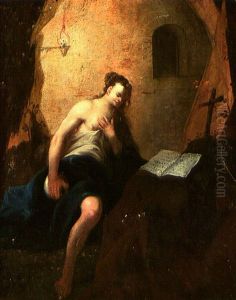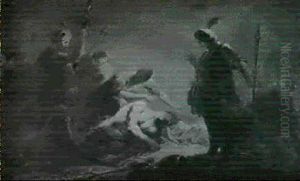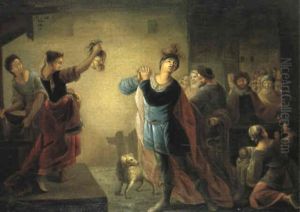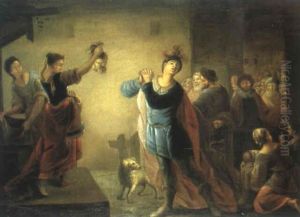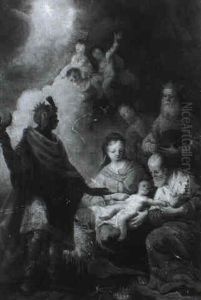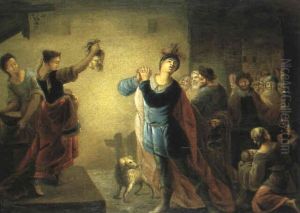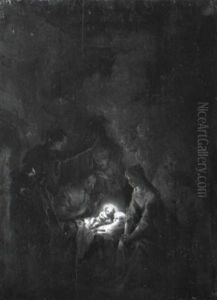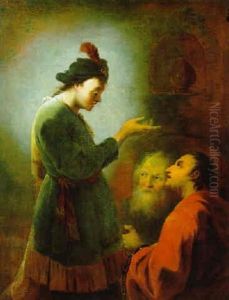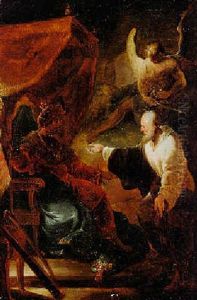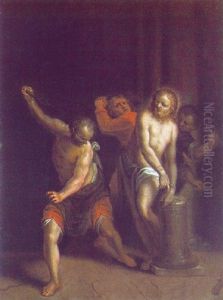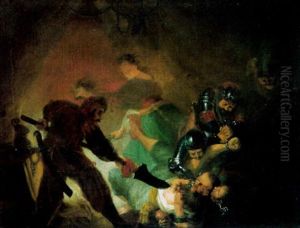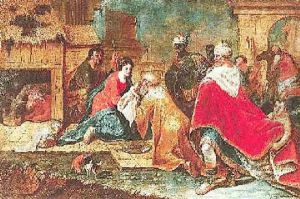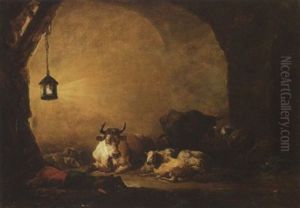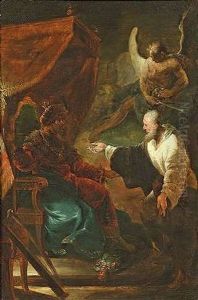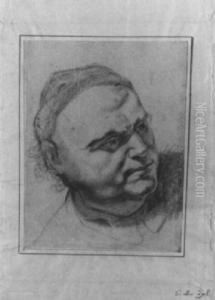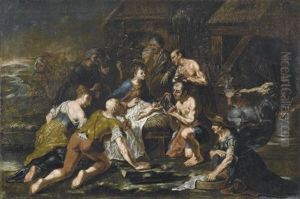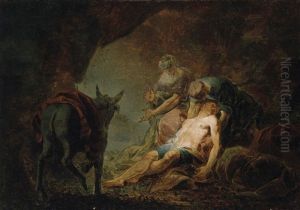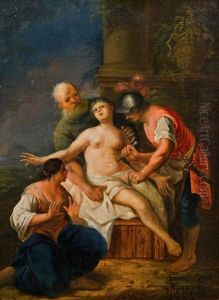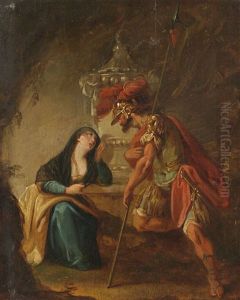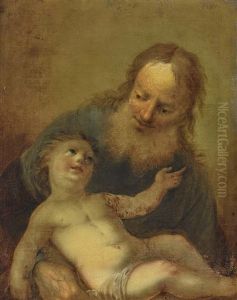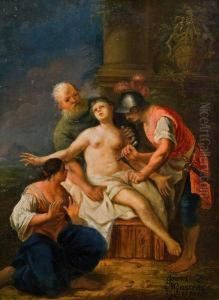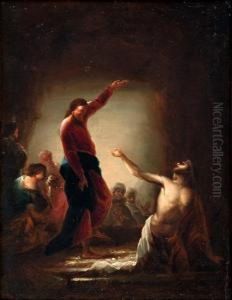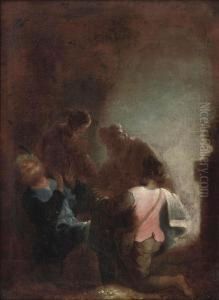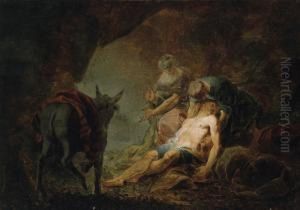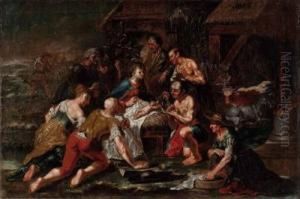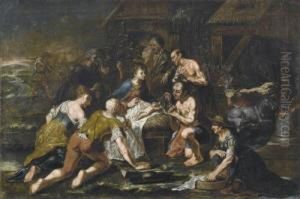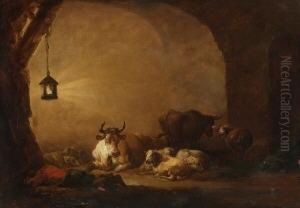Johann Zick Paintings
Johann Zick was a German painter and architect of the late Baroque period. Born in 1702 in Kempten, Bavaria, he was the son of a carpenter and showed an early interest in art. His initial training came from his father's workshop, but he soon sought formal education in the arts. Zick's artistic journey led him to work with several notable artists of his time, which helped him develop a distinctive style that blended architectural elements with painterly finesse.
He married the daughter of fellow artist, Christoph Thomas Scheffler, and this connection may have further influenced his artistic development. Zick's work mainly consisted of frescoes and oil paintings, which often featured religious themes, a common subject matter for Baroque artists, who aimed to evoke emotional responses through dramatic intensity and rich, vibrant colors.
Zick's career was largely concentrated in Southern Germany, where he executed numerous commissions for churches and residences. His frescoes can be found decorating the interiors of various prominent buildings, such as the Wieskirche and the Ottobeuren Abbey. He is particularly known for his ceiling paintings, which exhibit a mastery of perspective and a vivid imagination. Johann Zick died in 1762, leaving behind a body of work that still garners appreciation for its contribution to the Baroque aesthetic and its regional significance in the history of German art.
